Embracing the Meditative Process of 120 Film With Quetzal Maucci
9 Share TweetWe recently got to know London-based photographer and lecturer Quetzal Maucci and invited her to shoot some portraits using the LomoChrome Metropolis, LomoChrome Purple and Lomography Color Negative 120 ISO 400 film. In this candid interview she shares the stories and emotions behind these wonderful photos.
Hi Quetzal, please tell us a bit about yourself.
I am originally from San Francisco, raised by South American parents, and now based in London. Currently, I am a freelance photographer and Lecturer of Photography at Kingston University and I am part of Women Photograph. I am also an artist in residence at Four Corners Gallery as part of their Fathom residency program. In 2021, I graduated with a Master’s Distinction degree in Photojournalism and Documentary Photography from London College of Communication and received my Bachelor of Fine Arts Honors degree in Photography and Imaging from New York University in 2014. Last year, I was named one of the 30 Under 30 Women Photographers to watch by Artpil and shortlisted for the 2022 Photoboox Book Award, Jerwood/Photoworks Award and the Royal Photographic Society’s International Exhibition 163.
A crucial moment in my journey to become a photographer was publishing my personal project, Children of Immigrants, in The New York Times right after I graduated from my undergraduate degree. This portrait project explores the community that is labeled children of immigrants in the United States and UK. Seeing my personal work and words in an internationally renowned newspaper and receiving emails from all over the world was incredibly moving for me. At the time, I was not ready for the reactions, but I was very grateful to the photo editor, Jeffrey Henson Scales. I realized then that telling my own story through photography would be something I had to continue to do.
Since graduating from my BFA in 2014, I have worked with charities as a picture editor/photographer, assisted various photographers, worked as a researcher for a feature documentary, assisted and managed in photography studios, and freelanced as a photographer and photo editor. In my freelance work, I tend to work with portraiture for newspapers and charities like Financial Times, Amnesty, The New York Times, BAFTA, and so on.
How would you describe your photography style?
Through my personal work, I am interested in challenging systemic values and social constructs. Using documentary approaches and storytelling, I tend to layer my photography with various elements: interviews, poems, archival imagery, and/or interventions. I seek to create space for personal therapeutic processes while dismantling and exploring ideas surrounding migration, belonging, family dynamics, and identity. I utilize medium format cameras and film photography in order to facilitate a slower process which focuses on the stories and connection with my participants. I am curious about book form and creating work that ultimately will live in a photobook.
My culture and background are in everything I do. I grew up with two mothers and throughout my childhood they proudly taught me about their South American cultures. I cannot express how extraordinary they are for raising me as hard-working parents who also found time to fight back for immigrant, women and, LGBTQIA+ rights. My mothers would bring me to marches and demonstrations which opened my eyes at an early age to social and economic issues. They both taught me to continuously challenge my views, to follow my heart, and cultivate my mind. These critical moments in my life fuelled my own interests in fighting back against discrimination through my photography. I am still learning about myself and my roots everyday. Every project I create is influenced by my childhood, by my community, by society and by the mothers of my mothers and their mothers.
What got you into shooting with film and what do you like about it?
Apparently the first film photograph I ever created was from the early 1990s. It was a portrait of my smiling mother, Lucrecia, sitting on the sidewalk in the Embarcadero in San Francisco on a sunny, blue-skied day when I was 4 years old with an old Minolta film camera. I still have that portrait. Lucrecia also photographed so much of her life using film cameras and she would hang her photographs around our house from her many travels. She is from Peru and I distinctly remember as a child looking up at these powerful portraits in our kitchen that she created of women in Pisac, Peru during carnival, dancing huayno. And I think subconsciously those photographs filling space on our kitchen walls motivated and inspired me to become a photographer.
I started to consistently photograph with film cameras when I was in high school. My mother gifted me one of my first film cameras and this is where my love of black and white photography began. I was studying theater in high school, but I was immersed in photographing my friends and our ridiculous adventures roaming freely as teenagers in San Francisco, a city alive in all corners of itself. During that time, I didn’t think of photography as a serious path. It only felt as if I was discovering something that was exciting to me. The slow process of film and the beautiful results still motivate me to this day, the only change is that I am obsessed with color film now instead of black and white.
Starting off with film cameras trained my eye as it limited me on the number of frames I could use. Whereas digital cameras and phone cameras provide a seemingly endless amount of frames. Photographing slowly with my medium format camera and waiting for my film to process and come to life in the darkroom or through a scanner will always be part of this meditative process that I crave in photography.
How did you get on shooting with the Lomography film and what did you choose to shoot?
The color negative was my favorite. It produced results that were overwhelmed with colors that I have not seen before in other brands. I photographed my mother, Flavia and a close friend, Lareina, as I tend to work on topics of identity and family. I am drawn to portraiture and people and their stories. And the photographs came out with stunning colors and depth. Lareina at the time had no idea we would be having a spontaneous photography session, and we hadn’t seen each other in years as she moved away from London. I brought my Mamiya RZ67 along and she agreed to collaborating with me on a few photos. We walked around sunny Hampstead Heath in London which remains an important park for the both of us and we created these portraits together. We talked about grief and recently seeing our loved ones pass away. It was a peaceful, therapeutic session through the trees and plants of Hampstead Heath and in a way I feel the session allowed us to have a safe space to express what we are going through.
Portraiture is not merely a photograph of another person, but also a reflection of the photographer, of the moment, and of the emotional connection between participant and photographer. For the Metropolis film, I photographed my mothers and wanted to see the differences between the color negative film and how the LomoChrome Metropolis would process colors. It was a difficult film for me as the muted colors are hard to edit with and my photography tends to rely heavily on colors and light. However, the colors did come out quite striking and I am pleased with the results.
For the Purple film, I did something I never considered doing before and worked with still life in my garden. I decided to photograph things that I kept of my grandmother after she passed in 2021 like her hair rollers, her favorite perfume, her cross, and so on. I grew up in a house where my mother and grandmother both lived so my grandmother was very close with me. After she passed away, it was difficult for me to look at her things, but now I can celebrate them and think about the moments we had together. This opportunity to use a type of film I never used before and an open brief gave me the space to create a therapeutic journey in connecting again with her things and my memories of her.
How do you think shooting film impacts your creative process and are there any challenges or limitations that arise from shooting with film?
For me, the challenges sit within the medium itself. Unlike digital processes, when you work with 35 mm or 120 film you are risking by not being able to see the work instantly. By not being able to instantly see the work you captured, you cannot make adjustments in the moment. There is more trust that needs to be involved with film processes. You need to let go of some control and fixate on the parts you think you can control like the settings, the light, and the moment. And then trust that you will create the photograph that you want to create. So many mistakes can happen with film, but that is why I choose it. The mistakes can also be part of the final outcome, but it is out of your control once you click the shutter. That image is now sleeping on the negative, waiting to be awakened by the darkroom or the scanner. I think the tools and processes you choose, the edits you make, the way you present your work are crucial decisions that affect the outcome of your projects and who you are as a photographer.
What's coming up next for you in 2023?
I am currently working on a new project that comes from a personal family narrative and I am looking to create a book out of it when it is finished. Hopefully I can partner with Lomography for this project to utilize more of their rich color film. Recently, I also received news that I have been selected to attend the CENTER portfolio reviews in Santa Fe, New Mexico in November which I am thrilled about. I can present my projects to industry experts in publishing, editorial, and so on, in order to further my work. For the next couple years, I will focus on creating books for my current project and for my recent project, Piccoli Baci, while also furthering my teaching practice as a part time BA Photography Lecturer. I also have a few other collaborations in the works.
To see more of Quetzal's work check out her website and Instagram page.
2023-07-08 #people #medium-format #portraits #lomography-color-negative #lomochrome-purple #lomochrome-metropolis
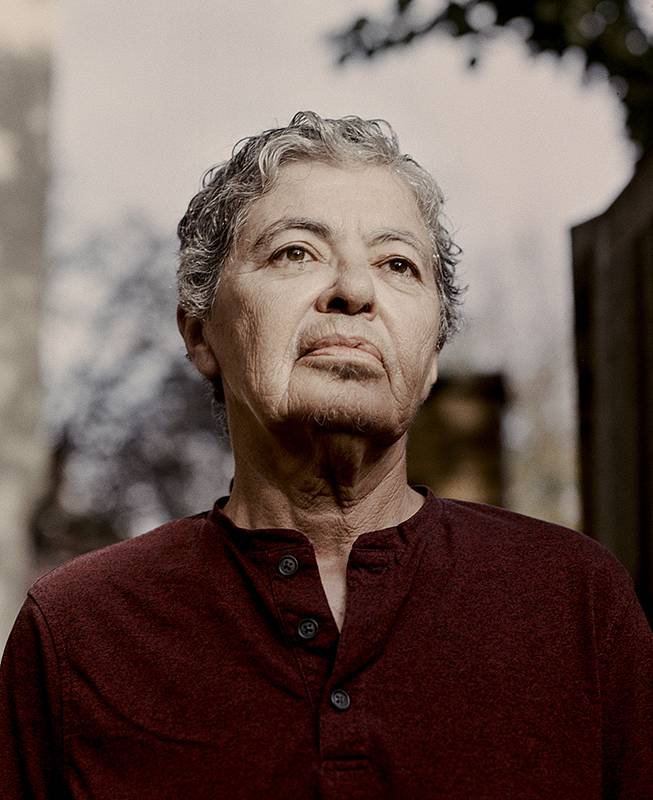












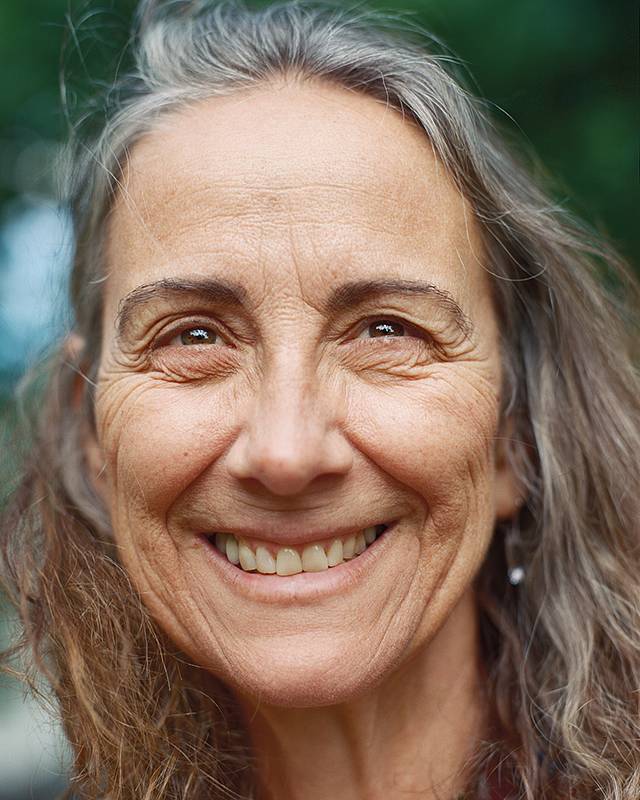


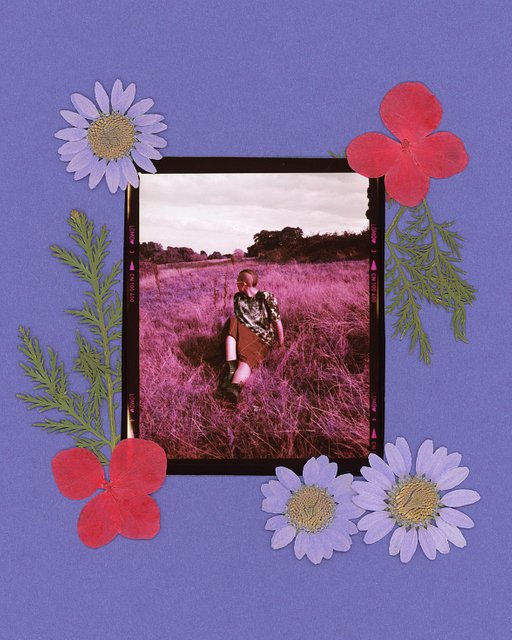
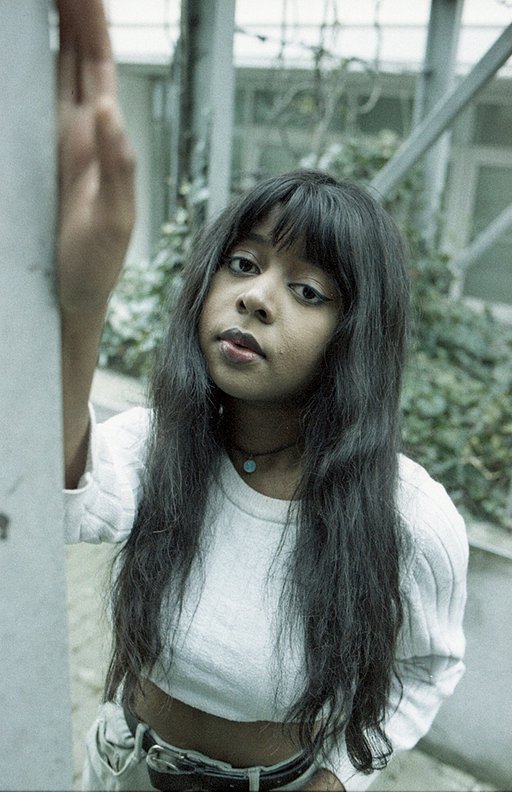











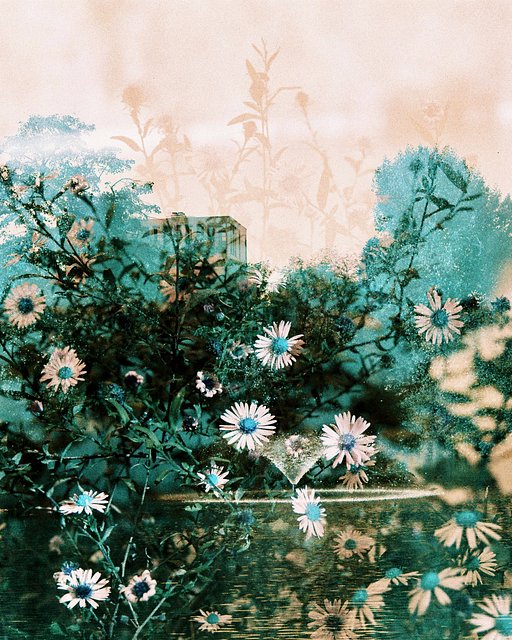

No Comments